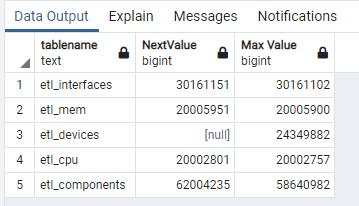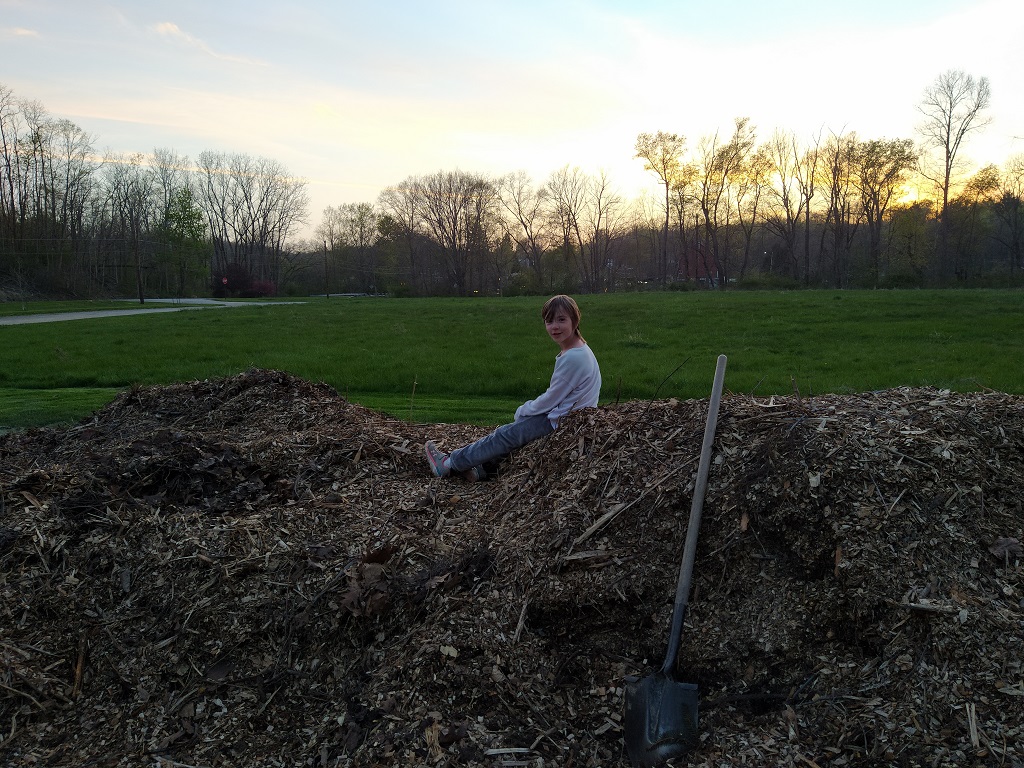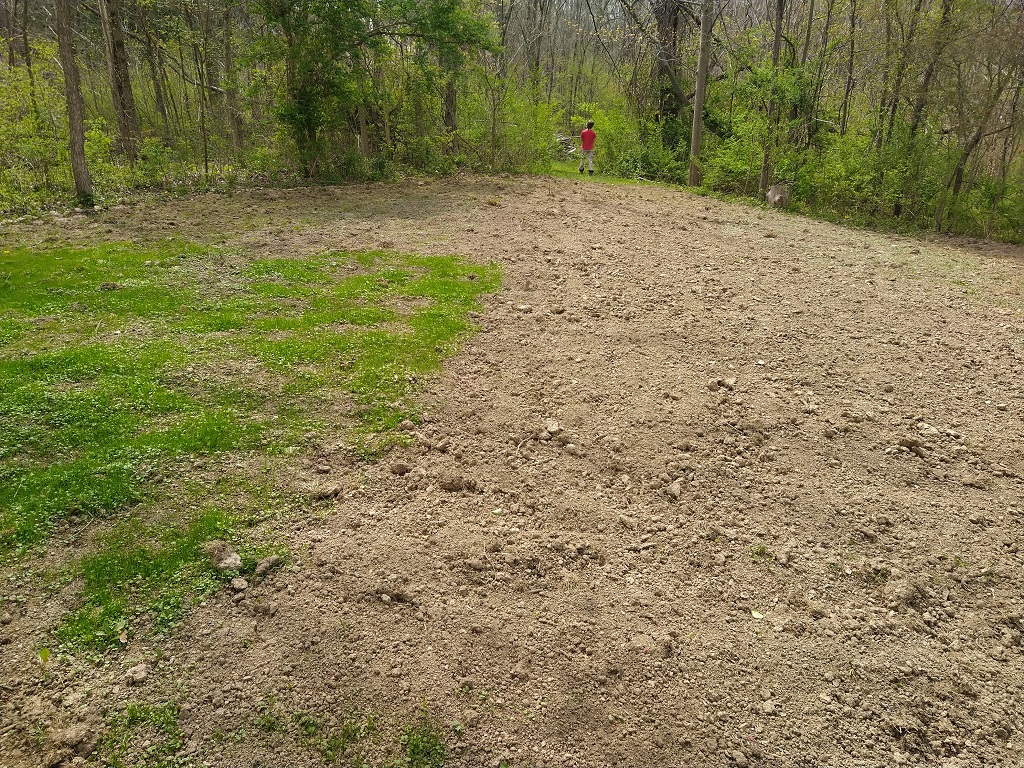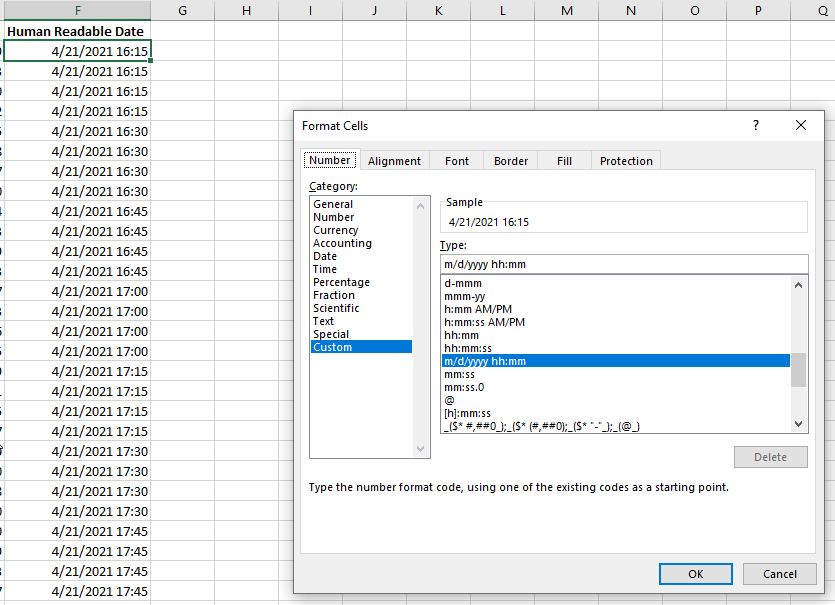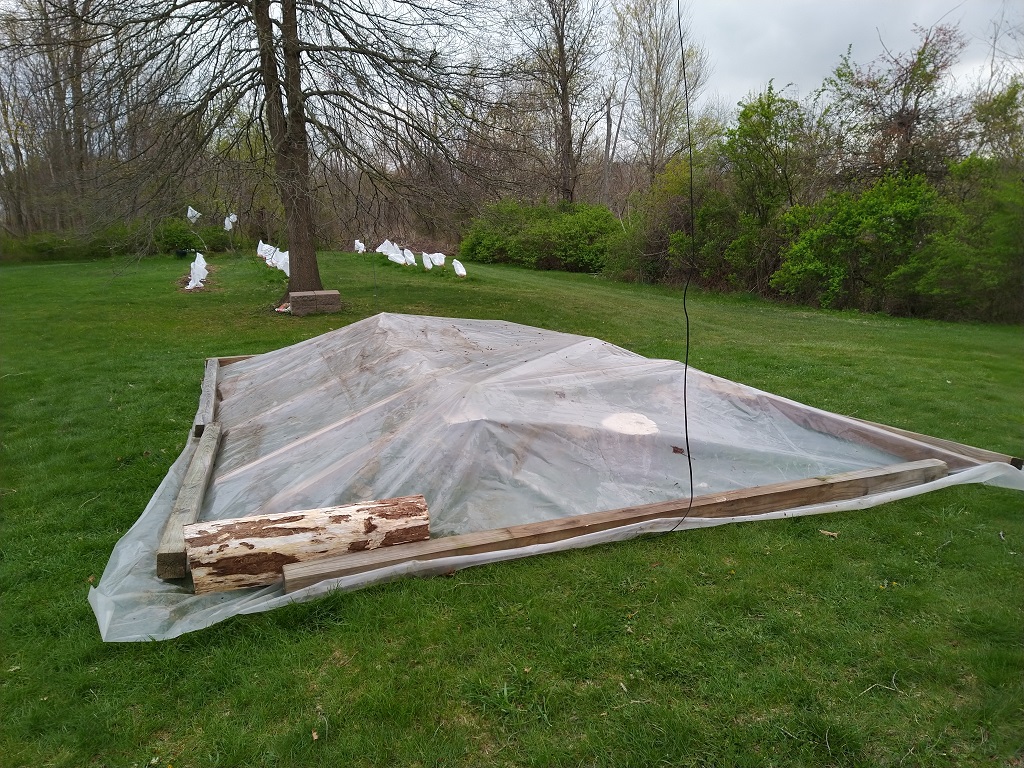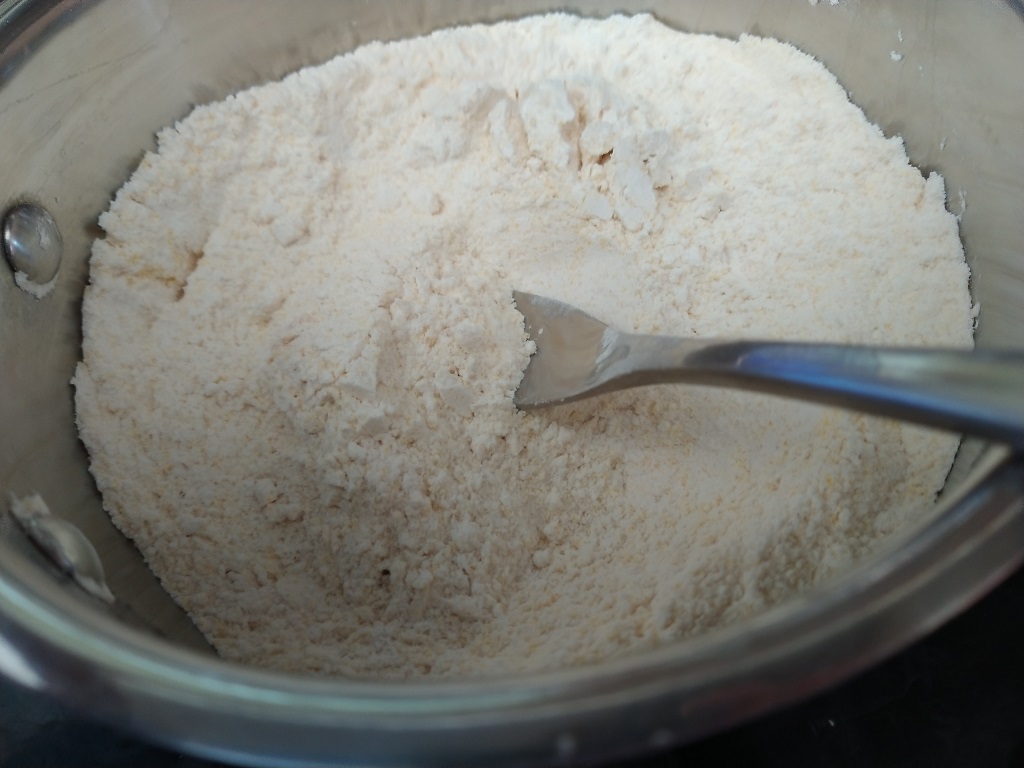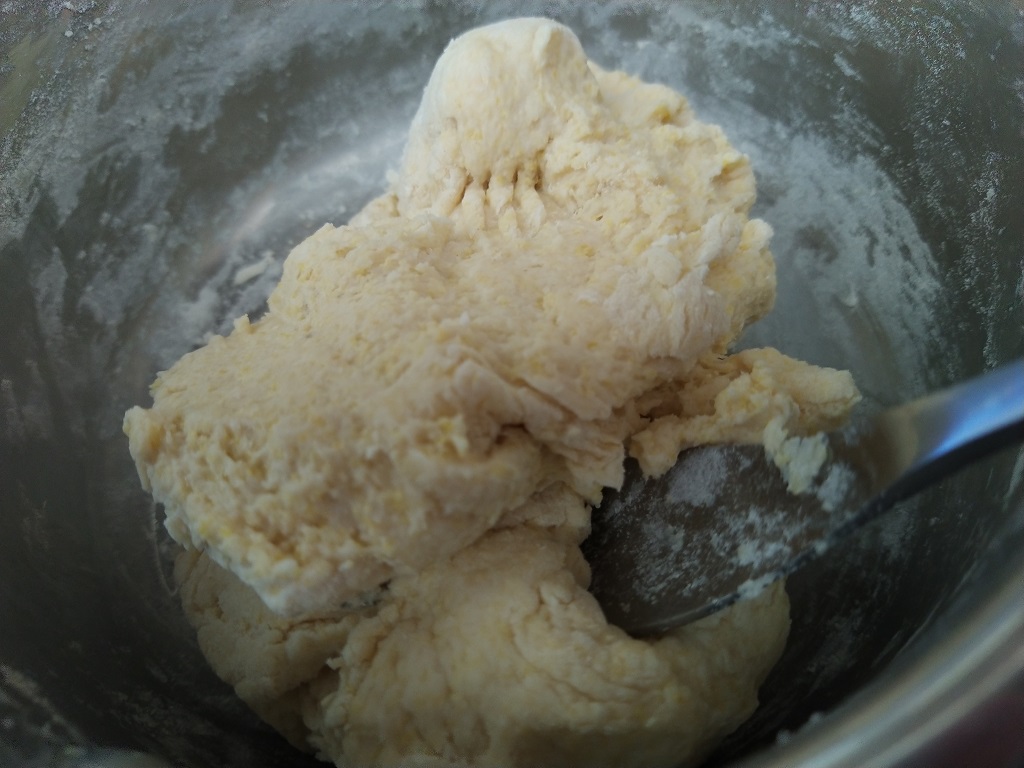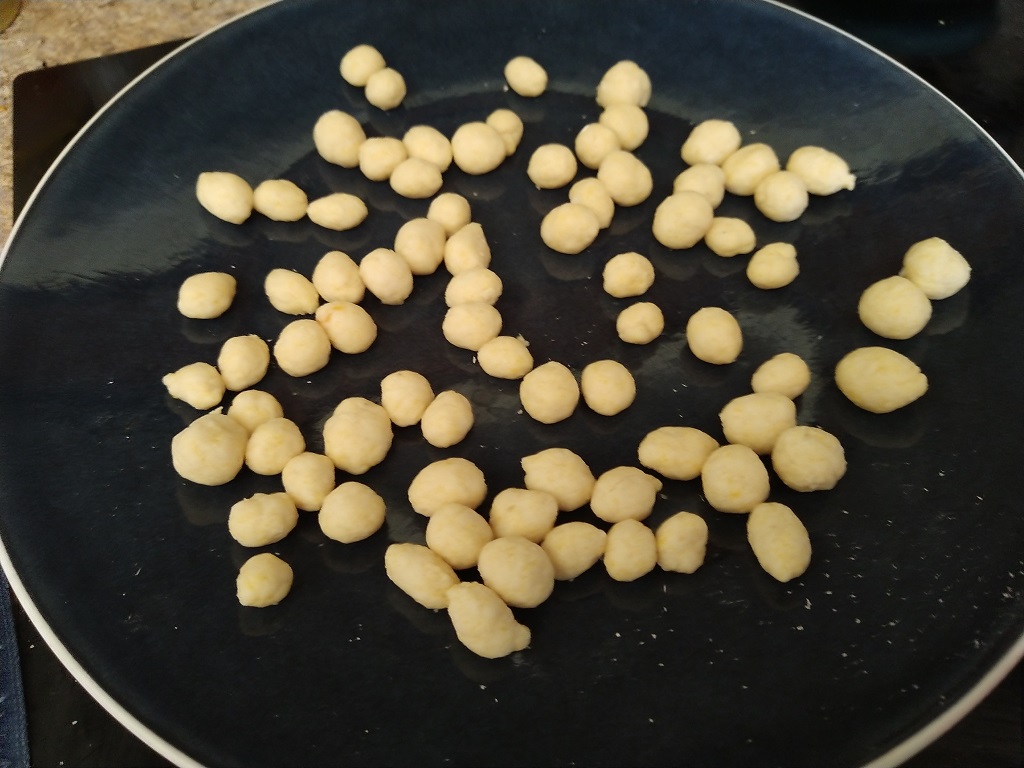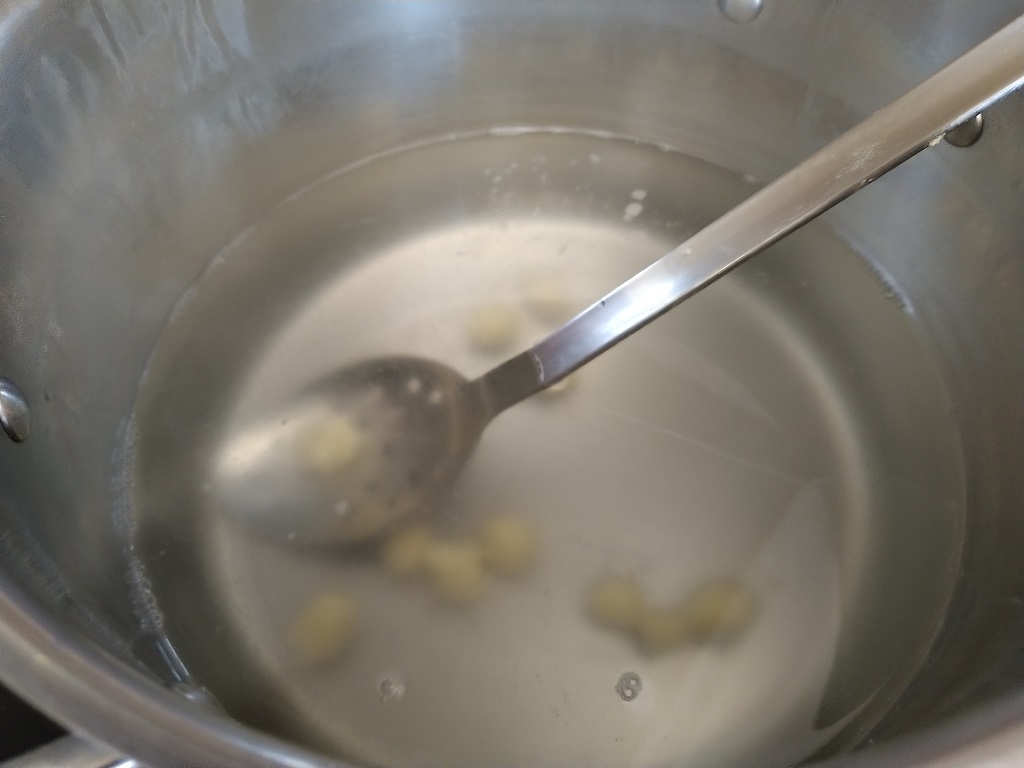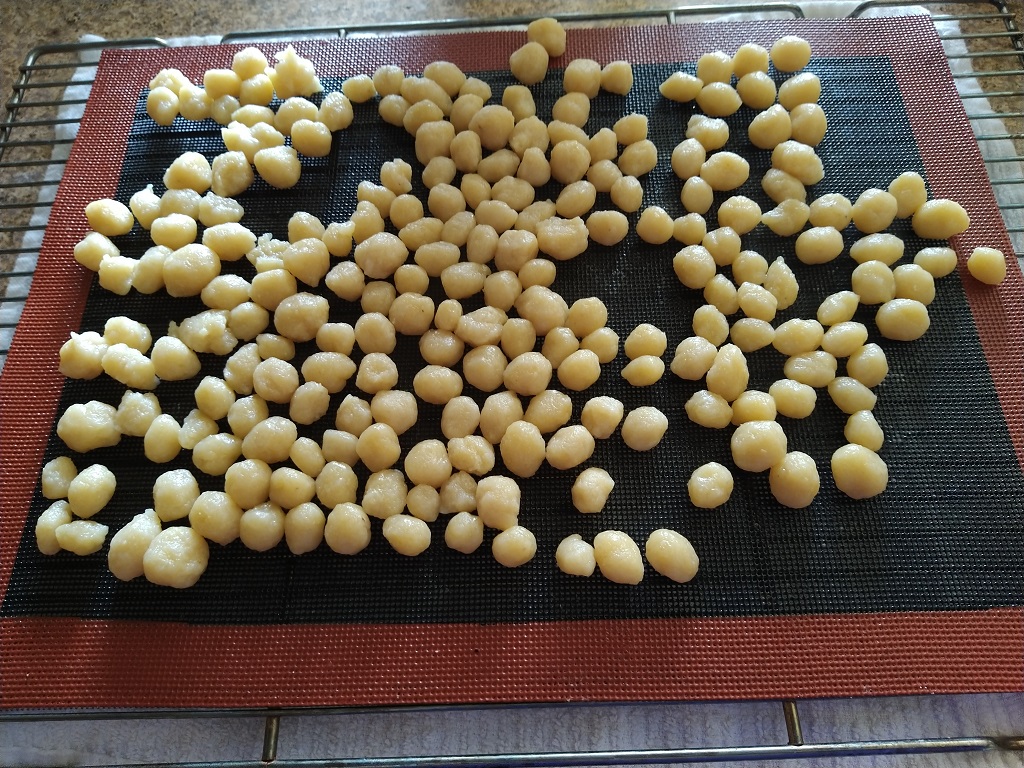I’m having a problem with a database refusing to change INSERTS to UPDATES on the ON CONFLICT condition — it insists that a ‘duplicate key value violates unique constraint’. A little time with a search engine tells me that sequences can get out of sync, and then you cannot insert items into the table. How do you know your sequence is out of sync?
SELECT NEXTVAL((SELECT PG_GET_SERIAL_SEQUENCE('"table_name"', 'name_of_column_with_sequence'))) as "NextValue", MAX("name_of_column_with_sequence") AS "Max Value" FROM "table_name";
So null seems like it would be a problem!
For future reference, when the next value is smaller than the max value in the table, the solution is to set the series value based on the max value
SELECT SETVAL((SELECT PG_GET_SERIAL_SEQUENCE('"table_name"', 'name_of_column_with_sequence')), (SELECT (MAX("name_of_column_with_sequence") + 1) FROM "table_name"), FALSE);